Supercritical water reaction equipment
What is supercritical water reaction equipment
Supercritical water reaction equipment/Supercritical water oxidation reactor decomposes the organic matter contained in the wastewater into simple non-toxic small molecular compounds, such as water and CO2.
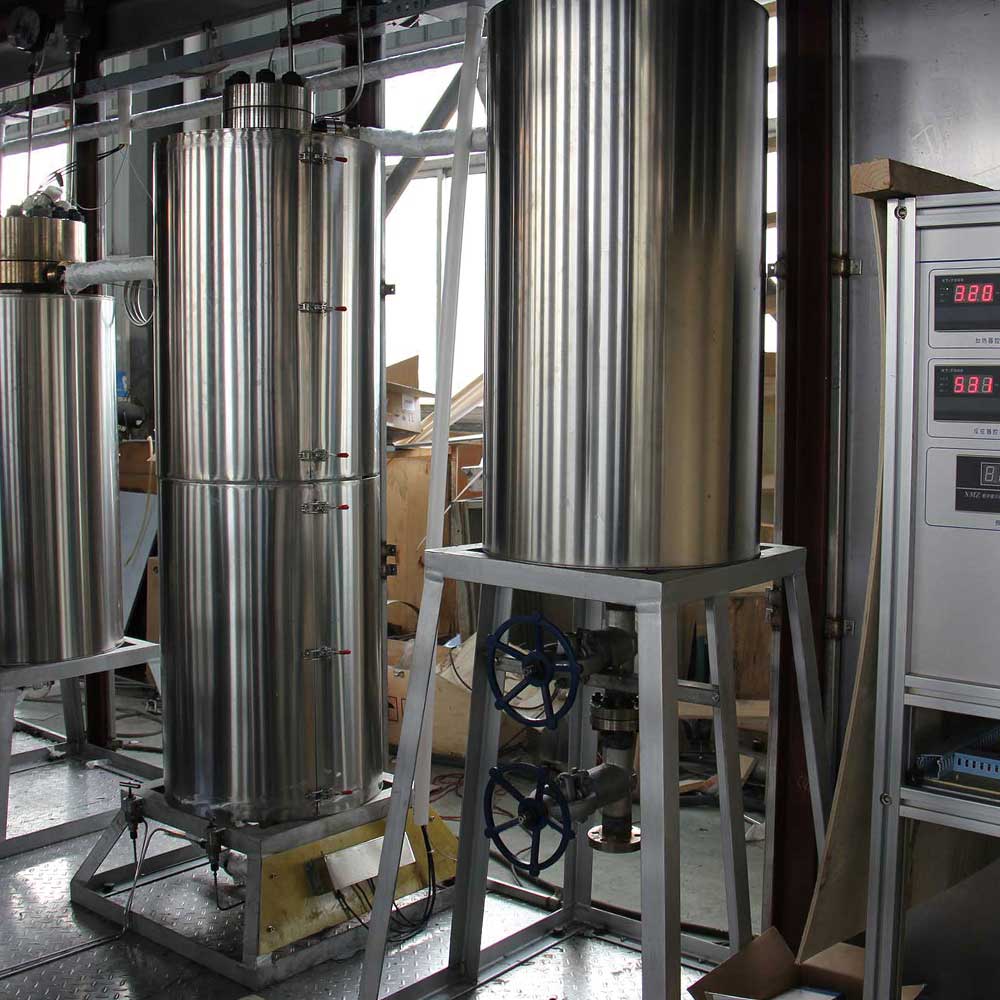
The use of inconel625 material solves the problems of inorganic deposits and engineering clogging.
What is supercritical water oxidation
Supercritical water oxidation (abbreviated as SCWO) technology is a technology that can realize advanced oxidation treatment of a variety of organic wastes.
Supercritical water oxidation is to completely oxidize organic matter into clean H2O, CO2, and N2 substances through oxidation. S, P, etc. are converted into the highest valence salts for stabilization, and heavy metal oxidation stable solid phase exists in ash.
The principle of supercritical water oxidation (SCWO) technology is to use supercritical water as the reaction medium to quickly convert organic matter into CO2, H2O, N2 and other harmless small molecules through a homogeneous oxidation reaction.
Supercritical water oxidation technology has achieved great success in the treatment of various wastewater and surplus sludge. Its disadvantages are harsh reaction conditions and strong corrosiveness to metals, as well as oxidation of certain chemically stable compounds. It also takes a long time.
In order to speed up the reaction, reduce the reaction time, and lower the reaction temperature, so that the advantages of supercritical water oxidation technology are more obvious, many researchers are trying to introduce catalysts into the supercritical water oxidation process.
Supercritical water oxidation technology
Supercritical water oxidation (SCWO) technology is a new type of oxidation technology that can completely destroy the structure of organic matter.
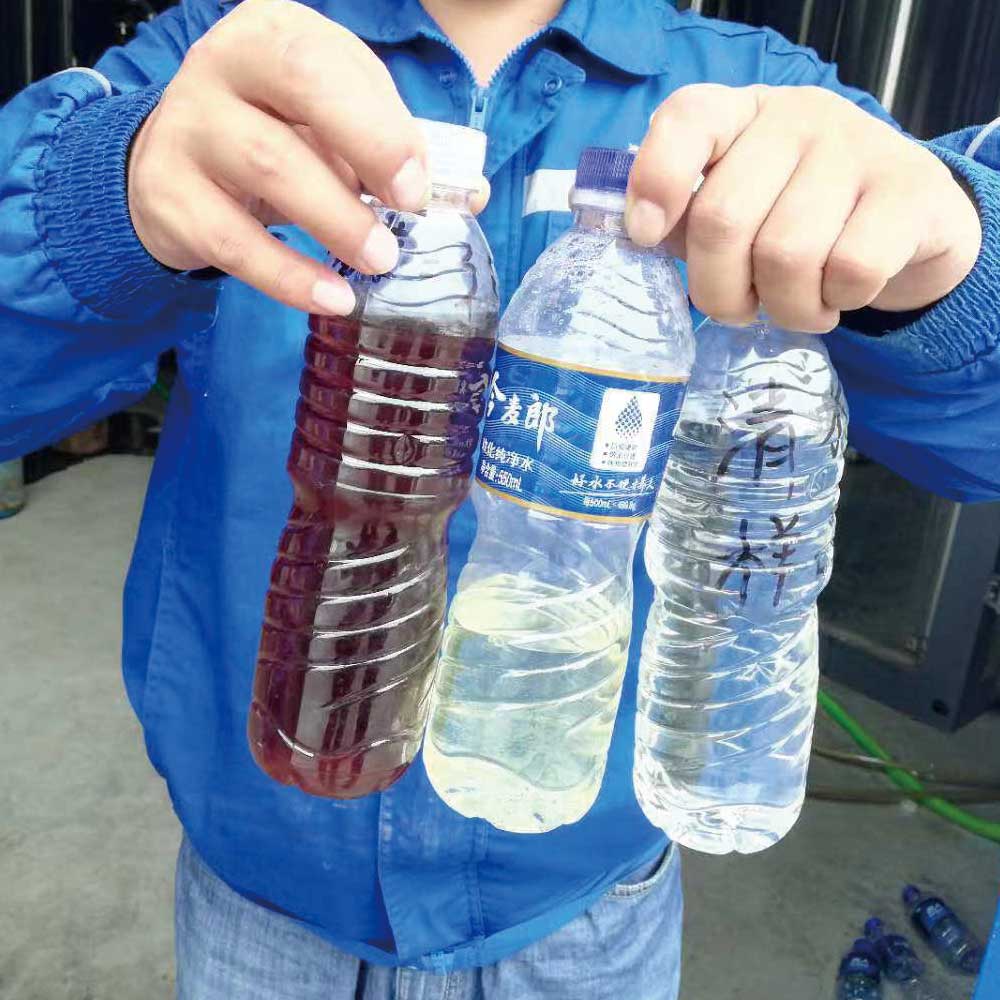
Use supercritical water with special properties as a medium to decompose the organic matter contained in the wastewater with oxygen into water, carbon dioxide and other simple non-toxic small molecule compounds.
Picture on the right shows the supercritical water oxidation reactor for the treatment of China’s petroleum production wastewater
Supercritical water
Critical point of water is 374.3℃ and pressure 22.064MPa. If the temperature and pressure of water are raised above the critical point, it is supercritical water.
Supercritical water can be completely miscible with non-polar substances (such as hydrocarbons) and other organic substances, while inorganic substances, especially salts, have very low ionization constants and solubility in supercritical water.
At the same time, supercritical water can be completely miscible with gases such as air, oxygen, nitrogen and carbon dioxide.
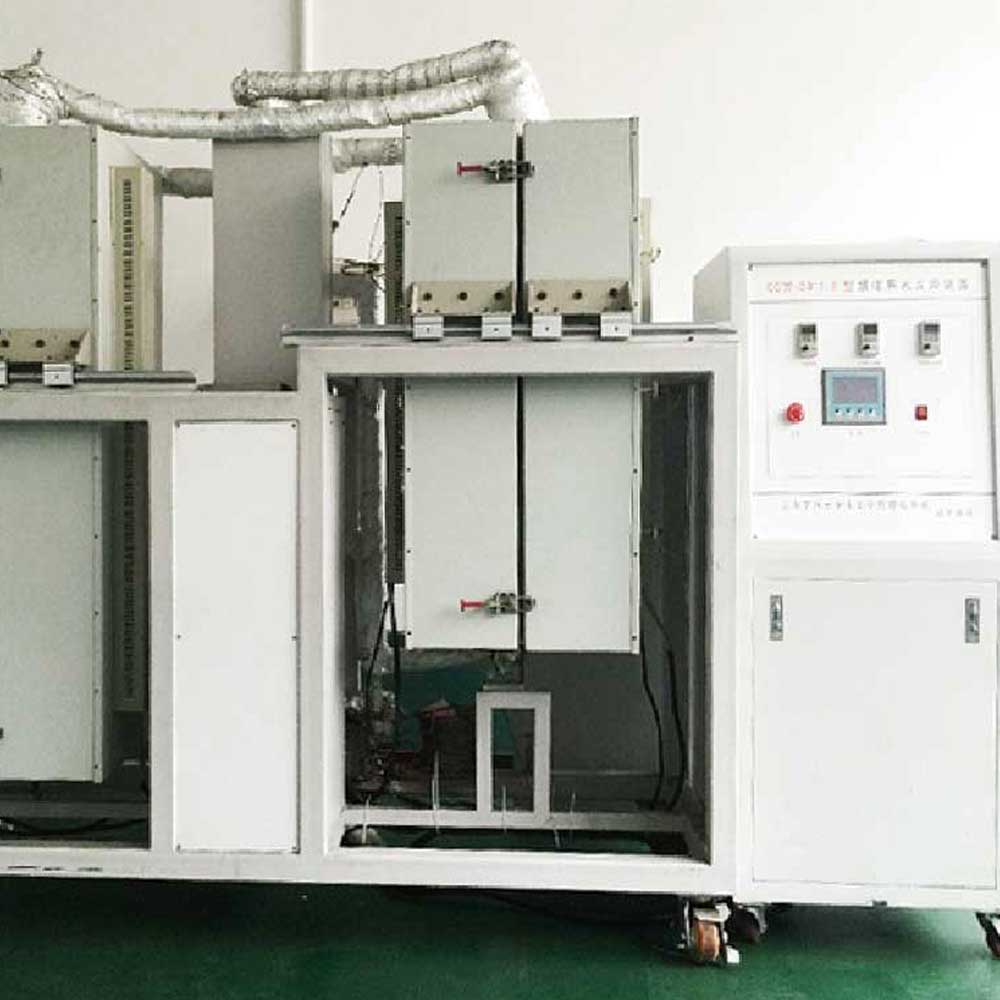
Picture shows a small supercritical water oxidation reactor
Oxidation
Since supercritical water is an excellent solvent for both organic matter and oxygen, the oxidation of organic matter can be carried out in an oxygen-rich homogeneous phase, and the reaction does not have limitations due to the need for phase shift.
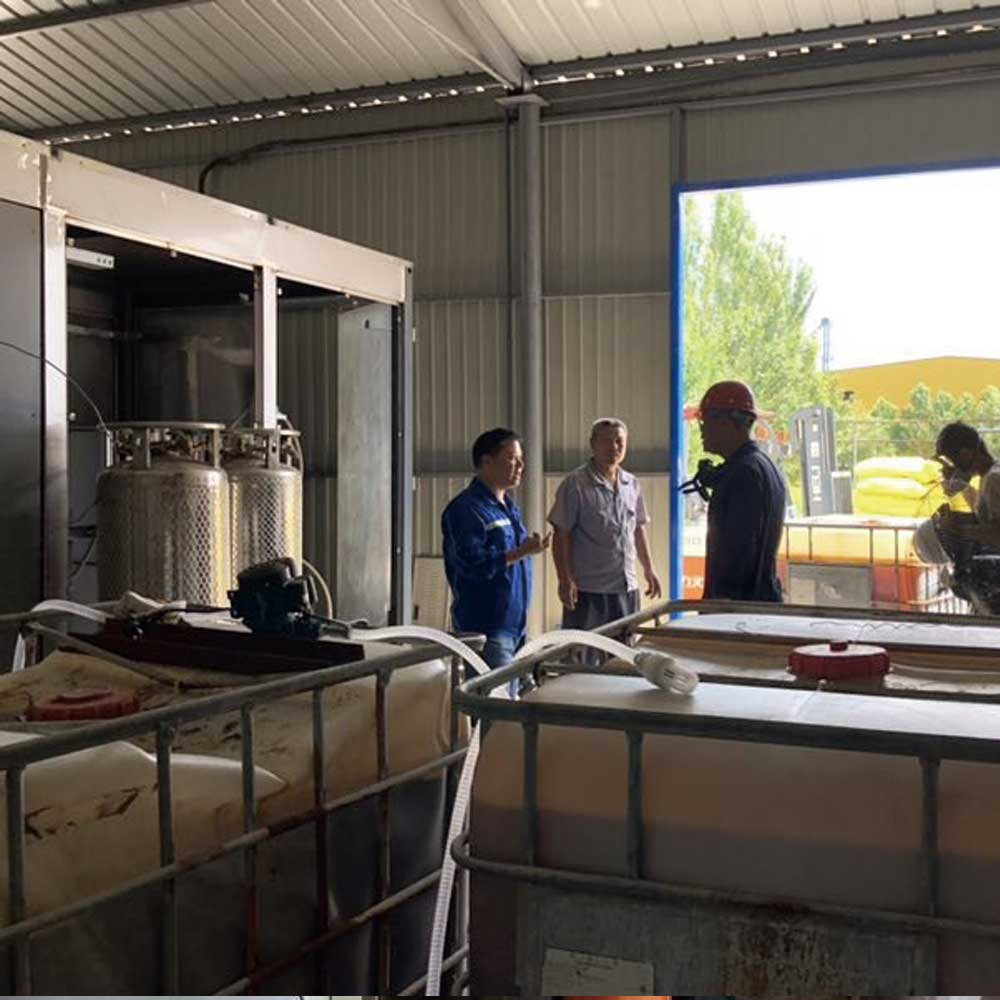
At the same time, the high reaction temperature of 400-600°C also accelerates the reaction speed, and can reach a destruction rate of over 99% within a few seconds of reaction time.
The oxidation reaction of organic matter in supercritical water can be simply expressed as:
Acid+Na0H-inorganic substance
Supercritical water oxidation oxidation reaction
Supercritical water oxidation reaction is completely complete: organic carbon is converted to CO2, hydrogen is converted to H2O, halogen atoms are converted to halide ions, sulfur and phosphorus are converted to sulfate and phosphate, respectively, and nitrogen is converted to nitrate and nitrite ions or nitrogen.
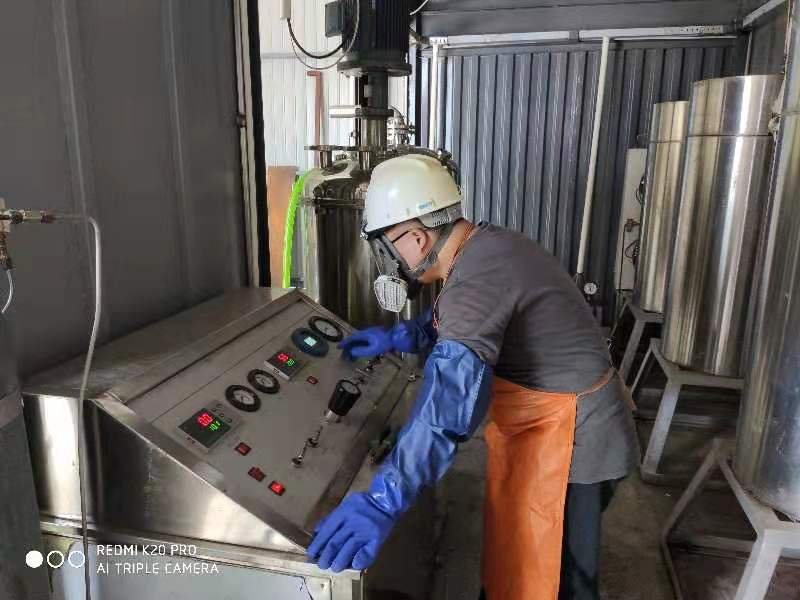
Moreover, the supercritical water oxidation reaction is similar to a simple combustion process to some extent, and a large amount of heat is released during the oxidation process.
Supercritical water reaction equipment process
Waste water and hydrogen peroxide are respectively passed through a high-pressure pump and heated in a preheater to reach a supercritical state.
It enters the mixer, enters the reaction tube to react, then is cooled by a cooler, reduced pressure, and finally enters a gas-liquid separator to separate the gas phase and the liquid phase.
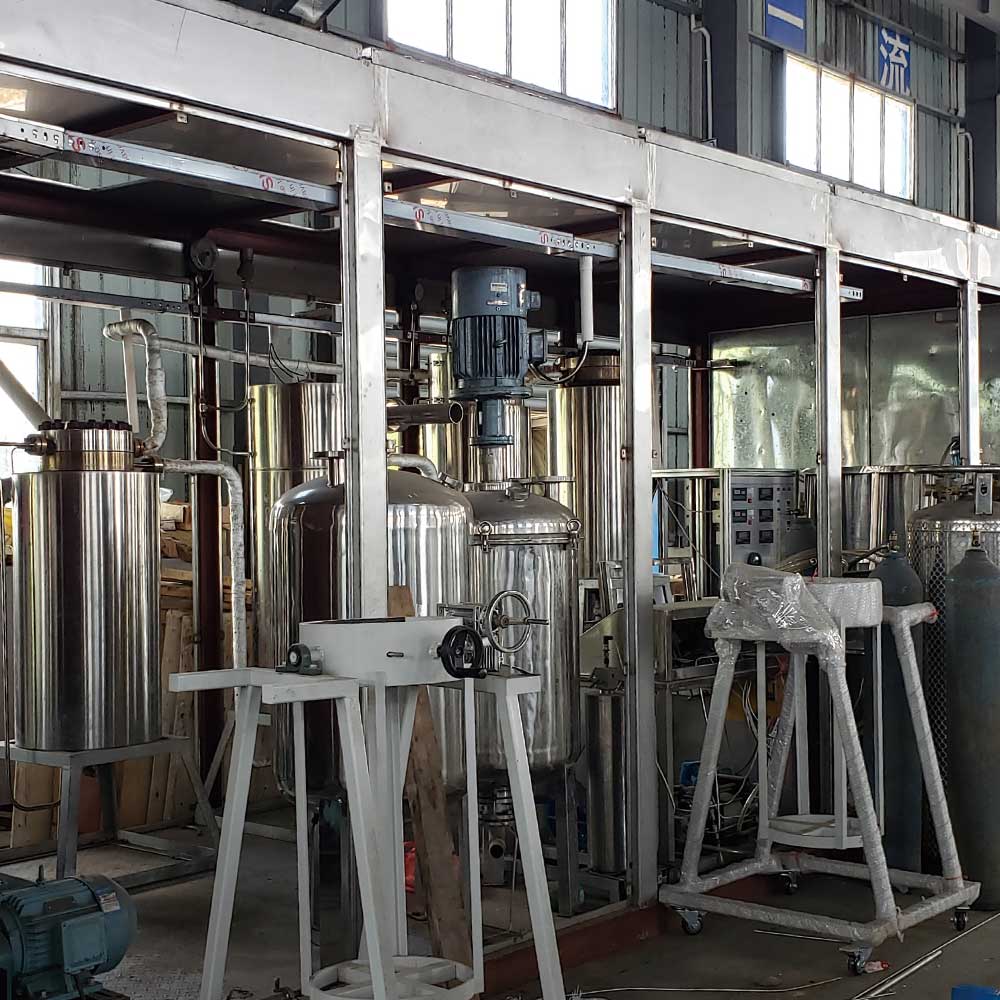
Picture on the left shows a 100L supercritical water oxidizer in cooperation with Nanjing University of Technology
Supercritical water oxidation reactor Cost and Supercritical water reactor price

Our supercritical water oxidation reactor price is lower than our peers’, and our supercritical water reactor is high quality, we have our own manufacturing factory, all products are factory price, there is absolutely no middleman markup, we accept both small batch scale customer and large industrial batch scale wholesale supercritical water reactor and supercritical water oxidation reactor for sale online
Advantages and disadvantages of supercritical water oxidation technology
Advantage
- High efficiency and thorough treatment. Organic matter can be completely oxidized into non-toxic small molecule compounds such as carbon dioxide, water, nitrogen and salts under proper temperature, pressure and certain retention time. The removal rate of toxic substances is over 99.99% , In line with the requirements of fully enclosed treatment:
- Because SCWO is a homogeneous reaction under high temperature and high pressure, the reaction rate is fast, and the residence time is short (may be less than 1 min), so the reactor has a simple structure and small volume;
- It has a wide range of applications and can be applied to the treatment of various toxic substances and waste water;
- No secondary pollution is formed, product cleaning does not require further treatment, and inorganic salts can be separated from the water, and the treated wastewater can be completely recycled;
- When the organic content exceeds 20%, it can rely on the self-oxidation exotherm during the reaction to maintain the required temperature for the reaction without additional heat supply. If the concentration is higher, more oxidation heat will be released, and this part of the heat energy can be recovered .
Shortcoming
Although the supercritical water oxidation method has many advantages, its high temperature and high pressure operating conditions undoubtedly put forward strict requirements on equipment materials.
On the other hand, although some studies have been conducted on the properties of supercritical water and the solubility of substances in it and the kinetics and mechanism of supercritical water chemical reactions, these are necessary for the development, design and control of supercritical water oxidation processes. Compared with data, knowledge is far from meeting the requirements.
In the actual engineering design, in addition to considering the reaction kinetics of the system, some engineering factors must be paid attention to, such as corrosion, salt precipitation, catalyst use, heat transfer, etc.
Corrosion
It is more likely to cause metal corrosion in the supercritical water oxidation environment than under normal conditions. High concentrations of dissolved oxygen, high temperature and pressure conditions, extreme pH values, and certain types of inorganic ions can all accelerate corrosion.
Corrosion can cause two problems:
One is that the effluent after the reaction contains certain metal ions (such as chromium, etc.), which will affect the quality of the treatment;
Second, excessive corrosion will affect the normal operation of the pressure system. Under the conditions of 300~500℃, pH 2-9, and chloride concentration of 400mg/L, the corrosion of 13 alloys was studied experimentally. The results show that pH has little effect on corrosion within a given temperature range.
In the subcritical state of 300°C, due to the high dielectric constant of water and the solubility of inorganic salts, electrochemical corrosion is the main cause. When the temperature rises above 400°C, the dielectric constant of water and the solubility of salt drop rapidly, and chemical corrosion is dominated at this time.
Salt precipitation
In supercritical water oxidation, the acid and salt generated during the neutralization process of alkali are often added to the feed. Because the solubility of inorganic substances is very small under supercritical conditions, there will be salt precipitation during the process.
Some salts have high viscosity and may cause blockage of the reactor or pipeline. Partial improvement can be achieved through optimization of reactor form and proper operation mode.
Pretreatment may be required for certain high-salt systems.
Catalyst
Catalysts are used in the research of supercritical water oxidation of some substances, mainly to increase the conversion rate of complex organics, shorten the reaction time or reduce the required reaction temperature.
Most of the applicable catalysts are used in previous studies on wet air oxidation and subcritical water oxidation processes. Compared with heterogeneous catalysis, the comprehensive effect of heterogeneous catalysis is better.
Heat transfer
Because the properties of water vary greatly near the critical point, the heat transfer near the critical point must also be considered during the oxidation of supercritical water.
Below the critical point temperature but close to the critical point, the kinematic viscosity of water is very low, natural convection increases when the temperature rises, and the thermal conductivity increases rapidly.
But when the temperature does not exceed the critical point much, the heat transfer coefficient drops sharply, which may be caused by the drop in fluid density and the difference in physical properties between the main fluid and the fluid at the tube wall.
Postscript
Although there are still some problems to be solved in supercritical water oxidation technology, due to its outstanding advantages, more and more attention has been paid to the treatment of hazardous waste. It is a new treatment technology with broad development and application prospects. .
Supercritical Fluid Systems
- Supercritical CO2 Extraction Machine
- 100mL-200mL Supercritical CO2 Extractor
- 5L+1L Supercritical CO2 Extraction Machine
- 10L×2 Supercritical CO2 Extraction Machine
- 25L×2 Supercritical CO2 Extraction Machine
- 50L×2 Supercritical CO2 Extraction Machine
- 50L×4 Supercritical CO2 Extraction Machine
- 50L×6 Supercritical CO2 Extraction Machine
- 150L×2 Supercritical CO2 Extraction Machine
- 250L×4 Supercritical CO2 Extraction Machine
- 700L×3 Supercritical CO2 Extraction Machine
- 3000-9000L Supercritical CO2 Extraction Machine
- Supercritical CO2 Drying Equipment
- Supercritical Fluid Micronization Equipment
- Supercritical Fluid Reaction Equipment
- Supercritical CO2 Cleaning Machine
- Supercritical Water Reaction Equipment
- Supercritical CO2 Dyeing Machine
What is SCFE
Supercritical fluid extraction (SFE) is the process of separating one component (the extractant) from another (the matrix) using supercritical fluids as the extracting solvent.
CONTACT US
- 0086-1775-1300-713
- E-mail:[email protected]